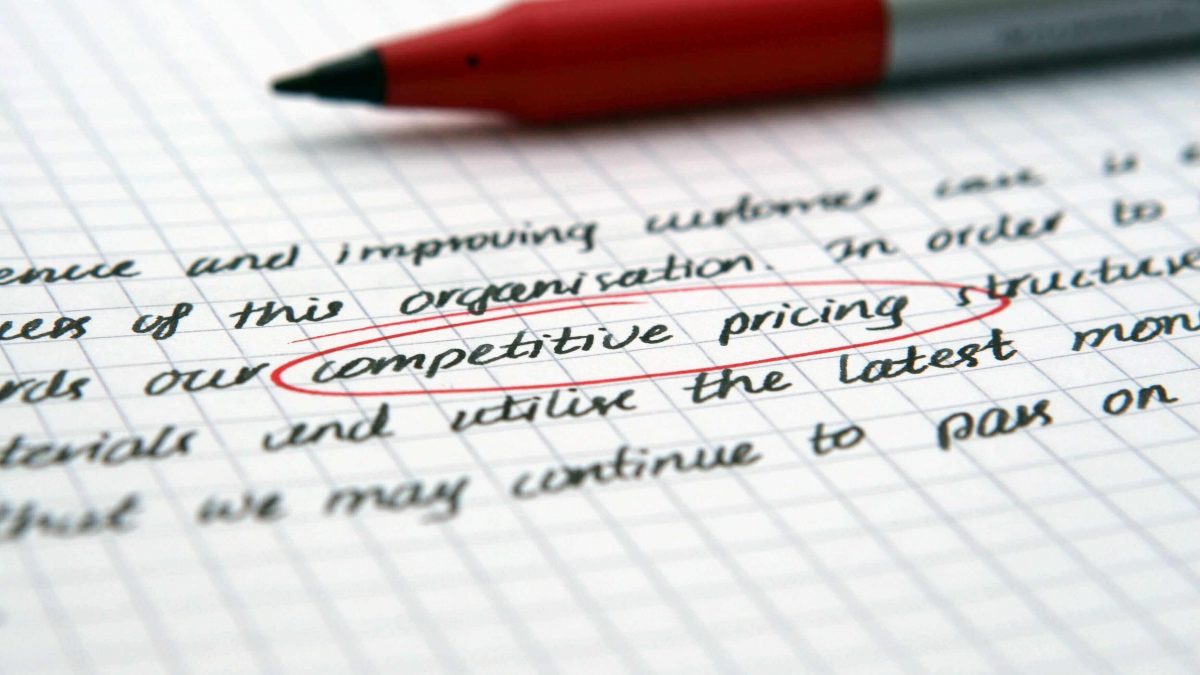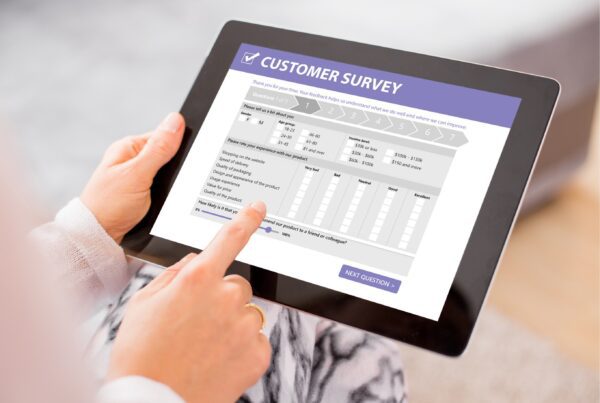
Your Product Pricing Strategy will help you find the right price to promote to your target market(s). The aim of a pricing strategy is to ensure you gain maximum market share and sales! But with so many strategies out there, it can be hard to know which one will work for your business. We’ve gathered the Top 12 Product Pricing Strategies right here for you so you can choose the best one for your business.
1. Premium Pricing
High prices are used when there is a unique attraction to the product or service you are offering. This approach is typically used where a substantial competitive advantage exists, such as high-luxury offerings including; Rolex, Rolls Royce, The Savoy Hotel etc. A great example of premium pricing without the high-end luxury elements is Apple products.
2. Penetration Pricing
Penetration pricing refers to artificially low prices (often at break even or sometimes at a loss) in order to break into a market and gain maximum market share. Companies that often use this approach are Harvey Norman and The Warehouse. Penetration pricing can be an effective market entry technique for price sensitive products, however it is essential you clearly establish your target market and key points of difference before adopting this strategy.
3. Economy Pricing
Commonly known as ‘No-Frills’ pricing, and is basically where the cost of sale is kept to a minimum and the profit margin is low. Consequently such products/services do not have huge benefits or unique features. Good examples would include some supermarket Home Brands, or other self produced products.
4. Price Skimming
Price skimming refers to suppliers charging a high price based on a substantial competitive advantage, and often limited to a specific time period. In these cases the competitive advantage is not sustainable and often results in attracting new competitors. Inevitably the price falls due to increased supply and consumer choice, whereupon the original supplier brings out another product/service and continues the cycle.

Typically the four techniques outlined above, form the basis of most marketing and pricing strategies, however there are other important factors to consider when setting a price:
5. Psychological Based Pricing
This approach is used when the marketer wants the consumer to respond on an emotional, rather than a rational level.
Typically this is done through association and perception, for example, through a price point: “Only 99c!” This appeals to a potential consumer by breaking the price point of $1.00 and is consequently perceived as a bargain!
6. Product Range Pricing
Commonly used when there is a range of products or services to promote where the pricing can reflect the maximum and the minimum price available. For example: From $10 for a Basic…to the deluxe package priced at $50.
7. Optional Extra Pricing
Otherwise known as ‘cross selling’, businesses attempt to increase the customer’s spend by highlighting optional extras. Think, “would you like fries with that?”
8. Captive Product Pricing
Typically used when a product has accompanying extras. Companies charge a low retail price for the base product and then recoup their margins on the extras or parts. This technique may include the Loss Leader strategy where one of the items, often the one with the most appeal is sold at a loss. For example razors. The base handle and complimentary blade is sold at a loss and the company recoups it’s margin on the sale of the only design of razor blades which fit the handle.

9. Product Bundling
Basically this means selling a package deal rather than a single product. It allows companies to trim margins on multiple products so as to obtain a greater perceived saving on the package deal. Frequently used to move old stock.
10. Promotional Pricing
Reduced pricing to promote a product. Includes a variety of techniques such as discounts or Buy One, get One Free!
11. Geographical Pricing
If you don’t manufacture a product and your supplier is overseas then you will almost certainly have had the experience of geographical pricing, where the price differs between countries. Many companies who sell in international markets will have different prices in each country. Sometimes this is due to increased transportation or shipping costs to get the product to the market, however many companies will also take advantage of more affluent international market conditions.
12. Value Based Pricing
In some ways similar to package deals, this approach is commonly used by companies who need to offer products or services perceived as having greater value than that of their competitors. Often used when there are high levels of competition or when market conditions are tight.
If you would like some guidance on choosing the right Product Pricing Strategy, please don’t hesitate to get in touch. With over 20 years experience in business, Helen Down help you choose the right price for your product or service with our marketing services.





